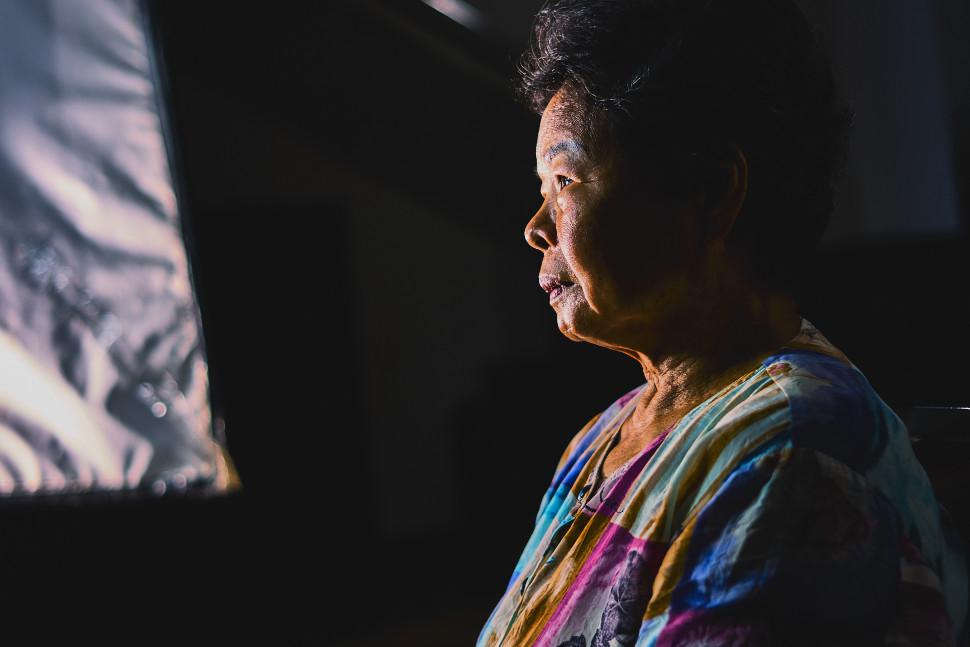Busan Film Review: ‘Your Face’
By Jay Weissberg
LOS ANGELES (Variety.com) – With “Your Face,” Tsai Ming-liang’s increasingly minimalist path reaches a point that’s less patience-testing than some of his most recent films, though perhaps that’s because the focus keeps shifting and the whole thing clocks in at just over one hour. Even more than his previous picture “Afternoon,” his latest work is probably best experienced as an art gallery piece rather than a cinema event, although the handsomely composed static shots are unfailingly pleasing as cinema and hold just enough contained dynamism to make them interesting on one or more levels.
Stemming from Tsai’s interest in what can be deduced from the human aspect, “Your Face” is composed of 13 close-ups of men and women, some of whom remain mute, each ideally lit to make the most of every distinctive feature, especially when shifting or in motion. Clearly, festivals and galleries are the target audience.
Each shot varies in length from three to approximately 10 minutes, and every subject is in their mature years. Tsai gives the piece a sense of rhythm by starting with people who barely speak, then moving on to others who freely converse about their lives. Once the format is understood and accepted by the audience, each image turns into an illustration in motion, to be examined in detail more than as a whole: laugh lines, eye bags, the way a wisp of hair is brushed back, the manner in which lips are painted with lipstick, are all elements to take in, consider and silently remark on before moving on to the next.
Twenty-three minutes in, a woman in the beauty industry is the first to really speak, talking about her love of making money but also about raising her kids; viewer attention briefly stops wandering because there’s a story, as opposed to the four previous segments with people who don’t say much, if anything. She’s followed by others with narratives of varying interest, finally ending in an empty grand reception hall with shifting light coming in from the windows.
The point of it all? To get audiences to contemplate what’s conveyed in a smile and a glint passing across it. How do we relate to a face with closed eyes, or to a person seated face-on as opposed to someone turned slightly away? Tsai plays with the essence of portraiture, saying that how we read a silent face in repose or motion can be as insightful as the way we respond to one that talks. It’s interesting to a point, and very much depends on the mood of the individual viewer. Watching “Your Face” in part, as one might in a gallery installation, would lose any sense of how its constructed yet might be equally effective in other ways. What’s certain is that Tsai, more than ever in the past few years, is delighting in the freedom of experimentation, unconcerned with expanding his fan base.
How much is scripted and how much improvised here is impossible to tell, making it difficult to know whether to categorize the film as documentary or docu-fiction. Each image is carefully lit, attuned to the way reflections play off skin, lips and glistening eyes. Accompanying it all is Ryuichi Sakamoto’s long drawn-out notes and unresolved chords.

